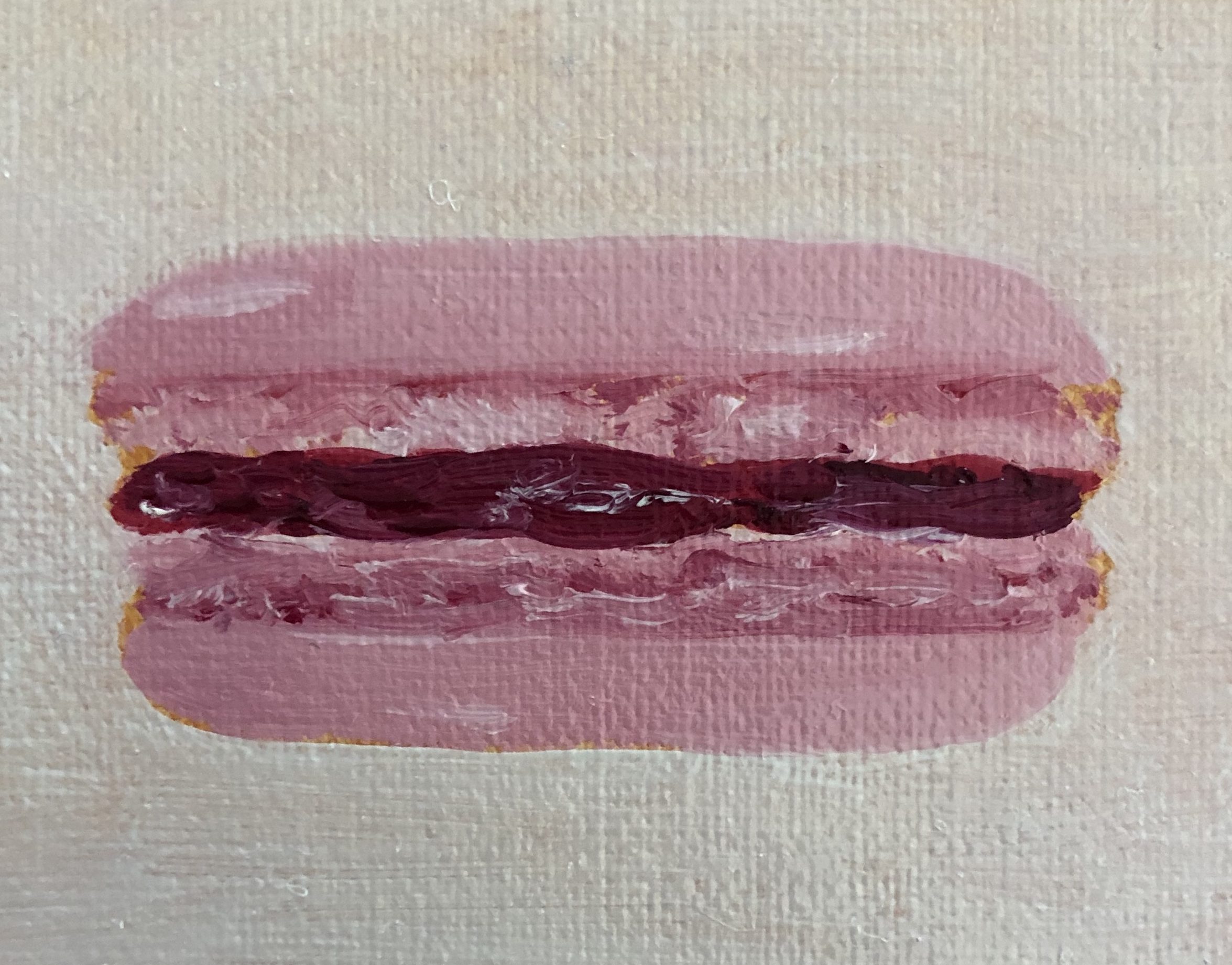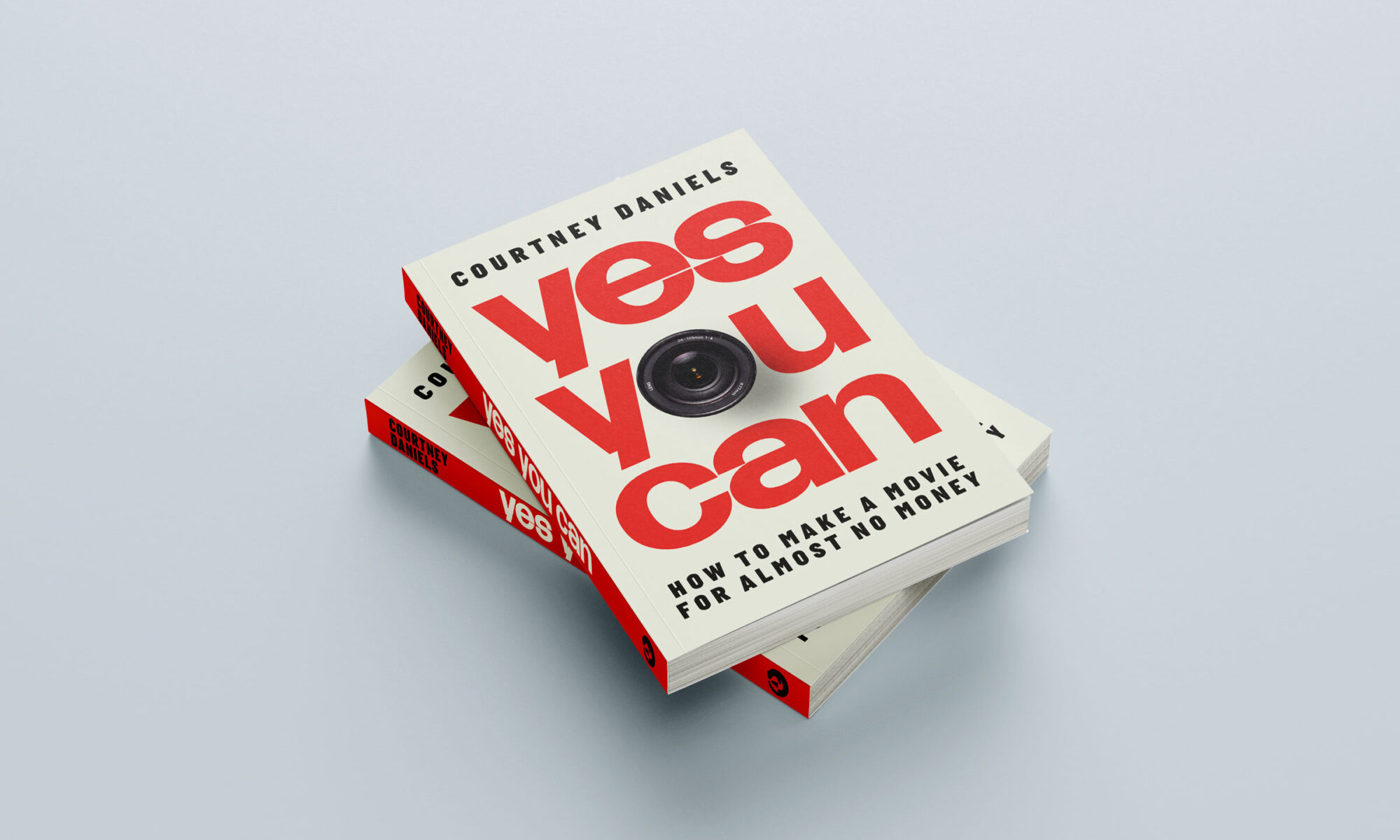
I think the secret to enjoying the second half of life is learning new things.
Seth Godin says before you commit to learning something new, you have to decide whether you’re willing to get through “the Dip.” The Dip is the most difficult part of the journey, in which you’ll be tempted to give up.
So how do you get through the Dip? It’s like Jeff Bridges’ response to people who want to know how to stay married for as long as he and his wife have: “Don’t get divorced.” The way to make it through the Dip is to not give up.
Sounds easy. But it’s not. Just like staying married sounds easy, but sometimes it’s not.
During the past year, while taking painting classes with a group of people online, I privately announced to myself, at least 1000 times, that I was going to quit.
I was on an emotional rollercoaster and I wanted off.
When you’re learning a new skill and you’re in the Dip, you tell yourself, “Maybe I don’t really care about this after all. I thought I did. I mean, sometimes I do. But no—I don’t.”
This is b.s., of course. You do care. It’s just hard and you want to bail.
So, I was revising my stance on painting every other day.
“Making movies is my top priority. Art is a distant second.”
“Yeah, I’ve always painted, but so what? I don’t have to attain mastery. I’ll just keep winging it.”
“The problem is, I don’t really CARE about knowing how to paint. I don’t even know why I’m here or how I got here. It’s possible I bought a thousand dollars’ worth of art supplies just to avoid writing.”
In fact, filmmaking is my top priority. But I still want to know how to paint. Even if I didn’t want to admit that on the bad days.
The bad days usually occur during the ugly “middles.”
The start of a painting is exciting. When you tone the canvas and map the composition, you’re full of hope and optimism. But as you move forward, you are bound to enter an ugly middle stage in which your painting is not looking so hot and you don’t know what you’re doing and you have no idea how you’re going to get out alive.
It’s tempting to give up when you’re in the ugly middle stage of a painting.
But if you have grit, you keep going. And if you keep going, you develop even more grit. Sometimes you turn a corner quickly, and the painting starts to look good. But often not. For me, it’s usually touch and go until the very end. There’ve been times where I’ve wanted to throw in the towel even when I’m just a session away from finishing a painting!
To help you get through the Dip, you should take a class. Here’s why:
1) Knowing that you have class on Tuesday, say, builds accountability into your practice and gives you a pressing reason to try “one more time” to finish that hideous painting you’re stuck on. You have to present SOMETHING, and it may as well be that painting, otherwise you gotta start a new painting. And you can’t do that, because you’ve already started 25 paintings that you’ve abandoned. Stacks of shitty paintings you didn’t get very far into are all over your house. Even you have to admit it’s time to finish something.
2) Learning with a group fosters camaraderie. You’re in the trenches (the Dip) together! It’s fun to commiserate and share triumphs together, and it’s great to have people who’ll talk you off the ledge when you want to jump. When you’re down, someone else is up, and they will josh you out of your foul mood. You’ll do the same for them when they are losing faith. Plus, it takes time to become good. It’s a long haul. A slog. So, you’re going to want some company on the journey. And it’s nearly impossible to stay focused and determined over months and months without some kind of support, structure and accountability.
3) For the same reason Alcoholics Anonymous is effective, seeing others who’ve done this difficult thing makes you think that maybe you can do this difficult thing, too. When you see your classmates steadily improve, it tells you, or your subconscious, that you will improve over time, too.
4) Having an instructor give you assignments, lessons, and constructive criticism is key. Even if you tend to be a lone wolf and are self-directed and self-motivated, you might not be challenging yourself to do deliberate practice. Working alone, I had plateaued. For years! I didn’t realize what I needed was a TEACHER. Duh! And obviously, the better the teacher, the better your progress. (I started with “Oil Painting – Flow and Fluency,” from Kimberly Brooks, who is one of the best communicators I’ve ever encountered. Can’t recommend her enough.)
Here’s a description of a typical struggle in the Dip:
During one painting session, in which I was trying to paint a macaron, I kept saying, “I can’t do it! I quit!” And I’d jump up to go look for something to eat in the fridge. I was miserable. But I was so antsy, I couldn’t even eat. So, I would rush back to my chair, before I could change my mind, saying, “I’m going to try one more time!” I did this a few times, til finally, I stepped back from my work and was surprised to see my macaron (pictured at the top of this post) looked almost real. It felt like a miracle.
A bigger miracle: Recently, I made it through the Dip. I know the exact moment it occurred.
I had just finished a portrait of Debbie Harry. It’s not perfect. But it’s not about that. And it’s not about my being proficient now. I’m not. It has nothing to do with whether I think I’m “good” or whether you think I’m good. What changed is that I no longer think it’s impossible to become good. I finally banked enough experiences of struggling terribly then making it to the other side such that I now trust that if I just keep at it, I WILL make it to the other side.
It feels so good to be out of the Dip. It seriously almost did me in. I could’ve quit at any moment.
How do we find it in ourselves to keep on going, to make it through the Dip? Maybe it only happens when we really, really want what is on the other side.
